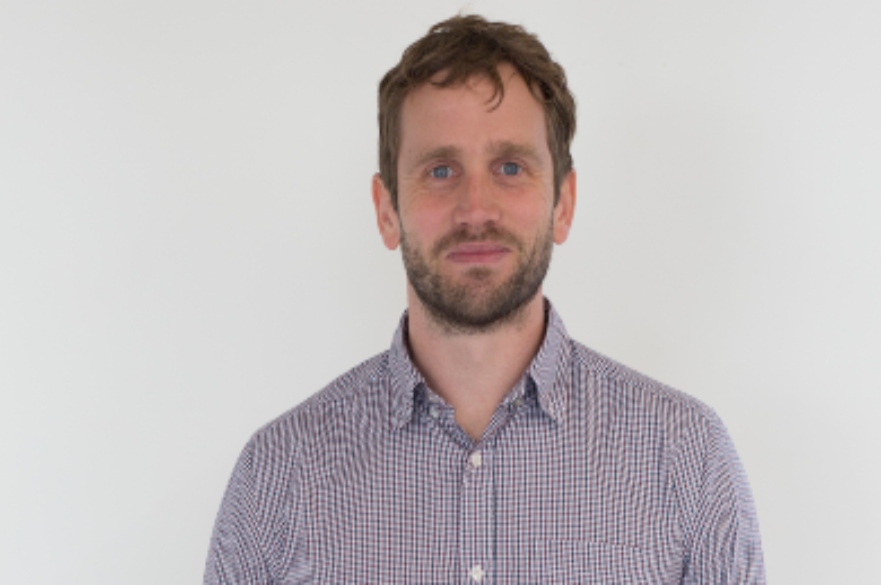Role
Dr Hennis is a Senior Lecture in Exercise Physiology. His research interests are clinical exercise physiology, altitude physiology, and public health. He is module leader for Exercise and Health Physiology and also teaches on the Environmental physiology and the MRes Exercise Physiology modules.
Career overview
Dr Hennis is currently a Senior Lecturer in Exercise Physiology. He was awarded his doctorate from Nottingham Trent University in 2010 following the completion of his BSc (Hons) at the same institution. Following his studies, Dr Hennis was a Research Associate at University College London and a Senior Lecturer in Clinical Exercise Physiology at Manchester Metropolitan University.
Research areas
Dr Hennis is a member of the Exercise and Health Research Group, within the Sport, Health and Performance Enhancement (SHAPE) Research Centre. His research focuses on the impact of diseases and environmental conditions on physiological responses to exercise. Answering questions such as;
- Can cardiopulmonary exercise testing accurately predict postoperative outcome following intraabdominal surgery
- How do rare metabolic diseases affect cardiovascular and muscular performance
- How does mental and physical health change in university students
- How does high altitude affect physiological function and performance during exercise
Opportunities to carry out postgraduate research towards an MPhil/PhD may exist in all areas outlined above. Further information may be obtained from the NTU Graduate School.
External activity
Expert reviewer for the following journals:
- Medicine and Science in Sports and Exercise
- European Journal of Sport Science
- Nutrition and Health
Sponsors and collaborators
University collaborations include:
University College London (UCL)
University College London Hospitals (UCLH)
Manchester Metropolitan University (MMU)
Publications
Cumpstey, A.F., et al., 2020. Effects of dietary nitrate supplementation on microvascular physiology at 4559m altitude - A randomised controlled trial (Xtreme Alps). Nitric Oxide : Biology and Chemistry, 94, 27-35.
Wallace, A., et al., 2019. Community exercise is feasible for neuromuscular diseases and can improve aerobic capacity. Neurology, 92 (15), e1773-e1785.
Herbert, A.J., et al., 2019. The interactions of physical activity, exercise and genetics and their associations with bone mineral density: implications for injury risk in elite athletes. European Journal of Applied Physiology, 119 (1), 29-47.
Varley, I., et al., 2018. The current use, and opinions of elite athletes and support staff in relation to genetic testing in elite sport within the UK. Biology of Sport, 35 (1), 13-19.
Ekbal, N.J., et al., 2018. The anion study: effect of different crystalloid solutions on acid base balance, physiology, and survival in a rodent model of acute isovolaemic haemodilution. British Journal of Anaesthesia, 120 (6), 1412-1419.
Cumpstey, A.F., et al., 2017. Effects of dietary nitrate on respiratory physiology at high altitude - Results from the Xtreme Alps study. Nitric Oxide : Biology and Chemistry, 71, 57-68.
Horscroft, J.A., et al., 2017. Metabolic basis to Sherpa altitude adaptation. Proceedings of the National Academy of Sciences of the United States of America, 114 (24), 6382-6387.
Hennis, P.J., et al., 2016. Effects of dietary nitrate supplementation on symptoms of acute mountain sickness and basic physiological responses in a group of male adolescents during ascent to Mount Everest Base Camp. Nitric Oxide : Biology and Chemistry, 60, 24-31.
Hennis, P.J., et al., 2015. Genetic factors associated with exercise performance in atmospheric hypoxia. Sports Medicine (Auckland, N.Z.), 45 (5), 745-761.
Coppel, J., et al., 2015. The physiological effects of hypobaric hypoxia versus normobaric hypoxia: a systematic review of crossover trials. Extreme Physiology & Medicine, 4, 2-6. eCollection 2015.
Hennis, P.J., Gilbert-Kawai, E. and Grocott, M.P., 2014. Isolated generalized tonic-clonic seizure at high altitude in a young male trekker with a positive family history of seizure. High Altitude Medicine & Biology, 15 (1), 93-94.
Otto, J.M., et al., 2013. Association between preoperative haemoglobin concentration and cardiopulmonary exercise variables: a multicentre study. Perioperative Medicine (London, England), 2 (1), 18-18.
Hennis, P.J., et al., 2012. Cardiopulmonary exercise testing predicts postoperative outcome in patients undergoing gastric bypass surgery. British Journal of Anaesthesia, 109 (4), 566-571.
Otto, J.M., et al., 2012. Preoperative exercise capacity in adult inflammatory bowel disease sufferers, determined by cardiopulmonary exercise testing. International Journal of Colorectal Disease, 27 (11), 1485-1491.
McPhee, J.S., et al., 2011. HIF1A P582S gene association with endurance training responses in young women. European Journal of Applied Physiology, 111 (9), 2339-2347.
Hennis, P.J., Meale, P.M. and Grocott, M.P., 2011. Cardiopulmonary exercise testing for the evaluation of perioperative risk in non-cardiopulmonary surgery. Postgraduate Medical Journal, 87 (1030), 550-557.
Hennis, P.J., Bussell, C. and Darlison, M.G., 2010. The lack of associations between alleles at the hypoxia-inducible factor 1A C1772T loci and responses to acute hypoxia. Wilderness & Environmental Medicine, 21 (3), 219-228.
